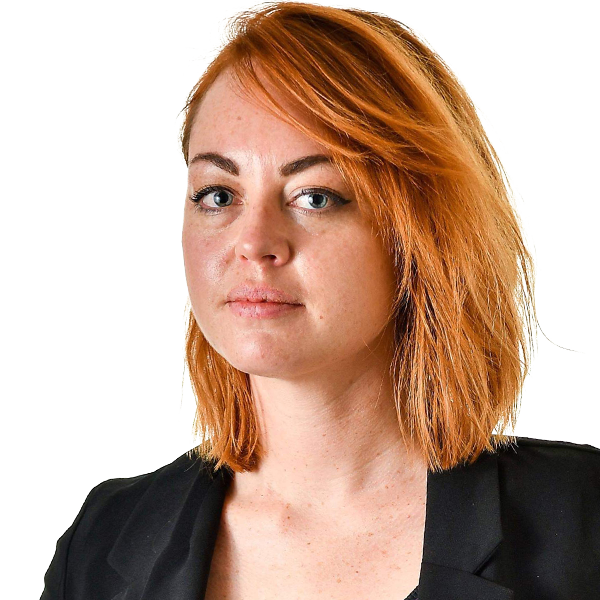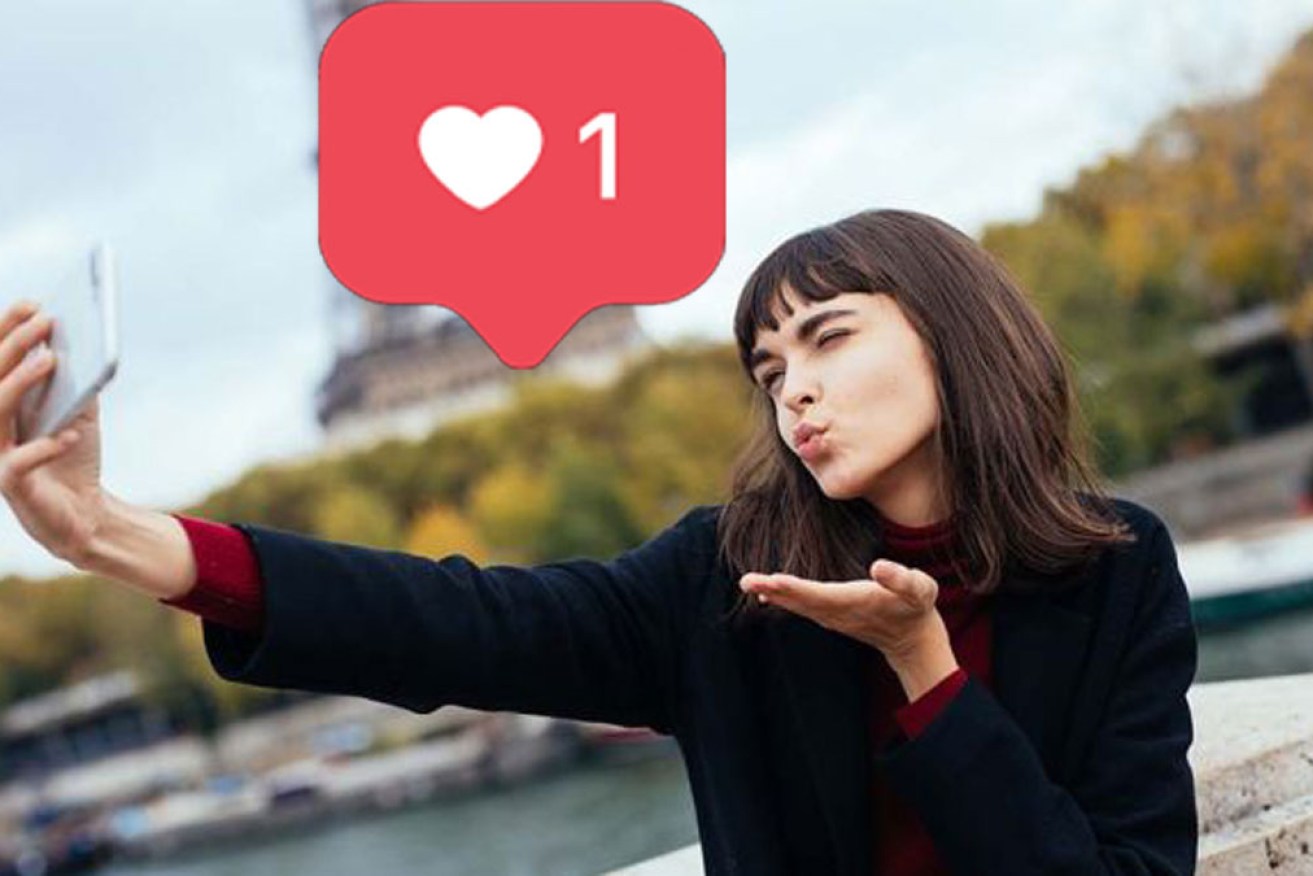Instagram 10 years on: The pretty platform that shaped a generation


Likes are worth big bucks to Instagram influencers. Photo: ABC/TND
Instagram is celebrating its 10th birthday, and there’s no signs the visual-led social media platform is anywhere near done.
As Facebook connected us, Instagram taught us that images tell a thousand words – and they can also pay you a thousand bucks, if you’re one of the growing number of professional “influencers” attached to the platform.
“Doing it for the ‘gram” is now part of popular vernacular, applying to everything from food (brunch especially), fashion, feats and travel photos.
Of course, it has a dark side – algorithms mean it’s easy for users with particular habits to be targeted with similar content over and over again.
This is especially relevant to younger female users who might find themselves ‘stuck’ in cycles of diet culture postings.
It’s also been credited with ruining picturesque scenes – tourists have flocked to once-secluded sites in search of the perfect photo. There’s also, tragically, people who have died going just that step too far for a snap.
While we can try to point the finger at Instagram for societal failures, the app is but a part of the bigger picture, cultural studies and media expert Laura Glitsos says.
“Instagram is part of a much larger matrix of practices that all function together to change the larger society,” said Dr Glitsos, of Edith Cowan University.
“Though Instagram has a massive impact on its own (it has an entire culture, language, aesthetic, for example), it is really part of a group of practices around social media in which so much of life becomes bound to the way we represent it, rather than the way we live it directly.”
Thank the ’gram for …
Because of its roots as an aesthetic extension of ourselves, Instagram is prime breeding ground for businesses to target their chosen consumers.
There’s the overt advertising (ever noticed how you’ll mention something in conversation, then the next time you check your feed, it will be brimming with ads for that particular product?) and then there’s the more subtle stuff.
Influencers are the extension of bloggers, and they range from celebs fanning endorsed products, to individuals who have just straight-up made it their livelihood.
Before COVID-19 hit and stopped travel inspo in its tracks, the industry was en route to be worth an estimated $13.5 billion in 2020.
While they might be overcoming a few pandemic-shaped hurdles, don’t expect influencers to disappear completely, Dr Glitsos said.
“Instagram influencers are a new phenomenon but here to stay as part of our cultural fabric,” she told The New Daily.
The future is news – in pretty pictures
Dr Glitsos recently wrote of how Instagram is the modern method for younger people to find consumer news.
Based off a report from Reuters, which showed a quarter of 18- to 24-year-olds in the UK got their COVID-19 updates from Instagram, Dr Glitsos wrote: “Those under about 35 have grown up with mobile and social media as the norm. So it follows they interact with news and current events in a radically different way from previous generations, or even news consumers a decade ago.”
What’s interesting, and potentially problematic, about this trend is how it relates to Instagram’s core value of aesthetics.
By following what pleases us, it invites the factionalising of political and social groups, Dr Glitsos told TND.
The ‘bubble making’ phenomenon and the ‘filter culture’ (where we can curate our own world view on social media) can mean that we tend to craft the world around what we desire it to mean,” she said.
So young people, particularly when they’re consuming news, might not be exposed to alternate views or opinions, other than those already circulating in their chosen bubbles.
But hey, they’re engaging with news – and that’s the most important thing. (And that’s not just coming from a news outlet.)
“It is crucial, and I think a positive thing, to see younger people uptake an interest in their governments, their political worlds and be a part of the social fabric that shapes them,” Dr Glitsos said.
“They can shape it, too, and will.”








